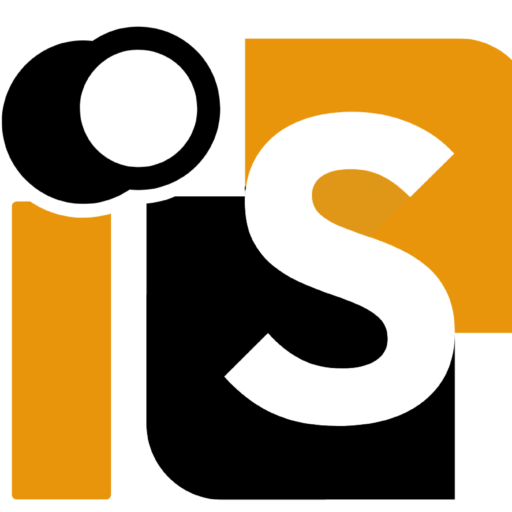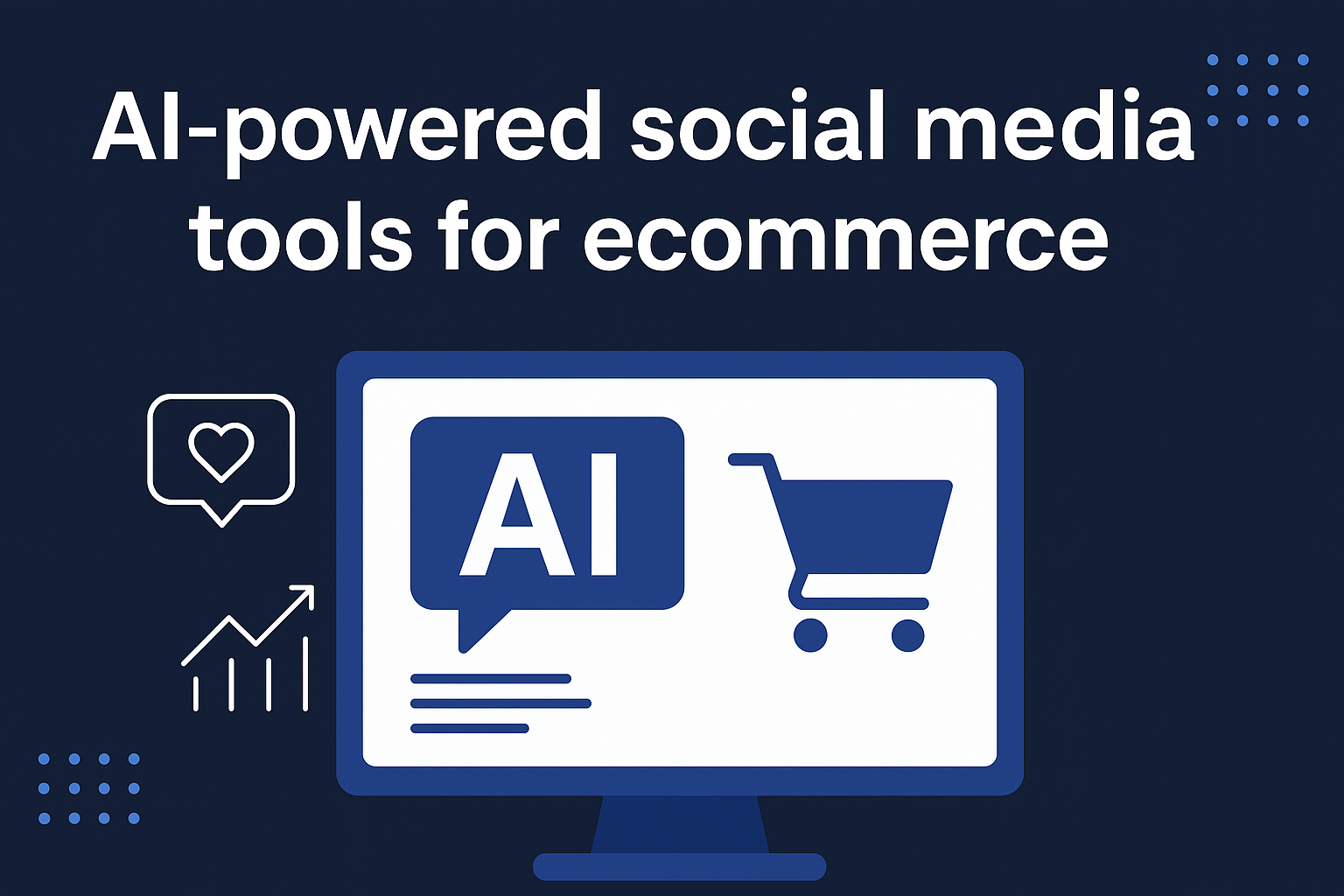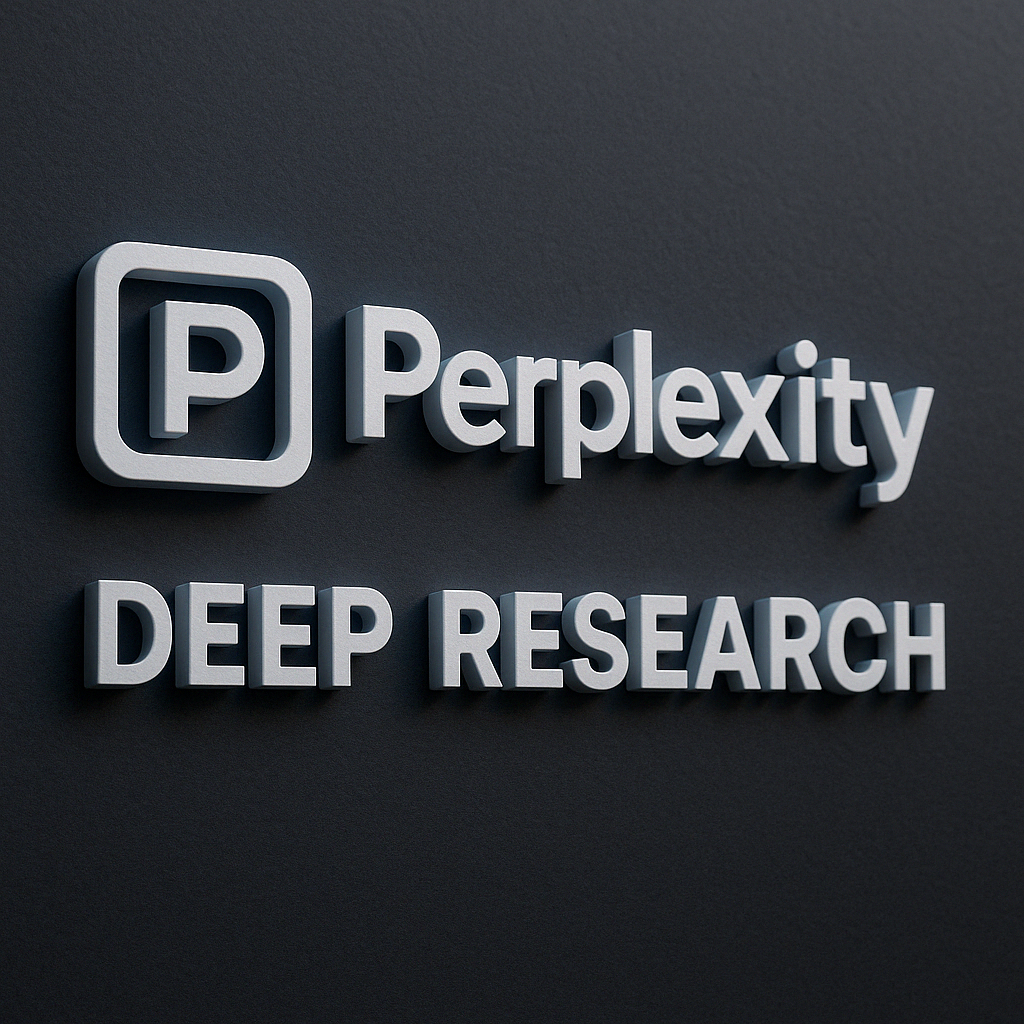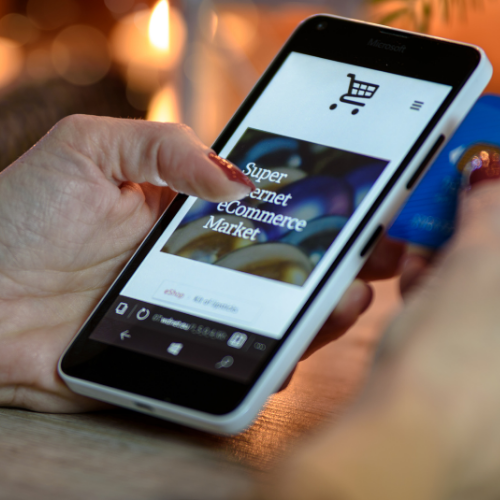Ever wondered how brands like Duolingo and Patagonia effortlessly dominate online engagement? The secret lies in using the best AI-powered social media tools for e-commerce to streamline their strategy. In 2025, staying ahead means leveraging AI-powered platforms like Hootsuite and Buffer to turn followers into loyal fans.

Did you know that 90% of consumers now track brands through their online presence? Tools like Hootsuite’s AI-driven features—think chatbots and hashtag generators—cut workload by 80% while boosting reach. Meanwhile, Buffer’s intuitive scheduling helps small businesses grow without hassle.
This guide dives into 2025’s top trends, from social commerce to unified dashboards whether you’re scaling like Duolingo or crafting a niche like Patagonia, the right platform can make all the difference. Ready to transform your strategy? Let’s explore.
What Is Social Media Management?
Ever missed a customer message? 73% of consumers will switch brands if you do. Today’s digital strategies go beyond posting—they’re about nurturing relationships at scale. Tools like Sprout Social turn scattered interactions into streamlined conversations.

The Core Responsibilities of a Digital Strategist
A strategist crafts content that resonates. They monitor trends, protect brand reputation, and run ads that convert. It’s not just creativity—it’s analytics meets storytelling.
For example, Sprout Social’s Smart Inbox merges messages from Instagram, Twitter, and more into one place—no more jumping between apps to reply.
“90% of consumers track brands online before buying.”
Why This Matters for Your Brand
In 2025, audiences expect full-funnel experiences. Awareness isn’t enough—you need to guide them from discovery to purchase. Fast responses build trust. Slow ones? They cost sales.
Teams that collaborate well see 40% higher engagement. The right platform makes teamwork effortless, whether you’re scheduling posts or analyzing metrics.
Key Benefits of Using Social Media Management Tools
Imagine cutting your content planning time in half while boosting engagement—sounds like a dream? The right social media management tool makes it reality. From scheduling to analytics, these platforms transform chaos into clarity.

Streamlined Content Scheduling
AI-Powered Social Media Tools for E-commerce, like Buffer, are transforming how businesses manage their content. Buffer’s drag-and-drop calendar slashes scheduling time by 40%. No more logging into multiple social networks—plan weekly posts in one sitting. AI even suggests optimal times for maximum reach.
Enhanced Audience Engagement
Tools like Sprout Social centralize messages, so you never miss a comment. Brands using it respond 30% faster, turning followers into fans. Real-time alerts keep you ahead of trends and crises.
“97% of leaders now require AI proficiency for digital teams.”
Data-Driven Performance Insights
Hootsuite’s dashboard tracks metrics across platforms, revealing what works. Spot trends early, like which posts drive clicks or when competitors gain traction. AI predicts future performance, so you adapt fast.
Seamless integration with CRM systems unifies customer data. Sync contacts, track purchases, and personalize replies—all from one hub. It’s how pros stay agile in 2025.
Top Social Media Management Platforms to Consider
Not all tools are created equal—here’s how top brands pick theirs. Whether you need to manage dozens of profiles or dive deep into analytics, these platforms deliver.
Hootsuite: The All-in-One Powerhouse
Hootsuite’s AI caption writer and hashtag generator save hours per week. Manage 35+ profiles in one dashboard, with ViralPost™ tech optimizing post timing.
- Split Plane Mode lets teams handle inboxes and scheduling side by side.
- 100+ integrations, from CRM to e-commerce tools.
Buffer: Simplified Scheduling and Analytics
Perfect for beginners, Buffer’s drag-and-drop calendar makes planning effortless. Their AI suggests peak posting times, boosting engagement by 30%.
“Teams using Buffer’s analytics see 40% faster growth in follower quality.”
Sprout Social: Advanced Listening and Reporting
Track campaigns like Patagonia with Sprout Social’s listening tools. Their patent-pending algorithms spot trends before competitors do.
| Feature | Hootsuite | Buffer | Sprout Social |
|---|---|---|---|
| Max Users | Unlimited | 10 | 30 |
| Unique AI | Sentiment analysis | Optimal timing | Influencer ROI |
How to Choose the Best Social Media Management Tool
Did you know 43% of marketers rely on tools for audience research? Picking the right platform isn’t just about features—it’s about aligning with your goals. Start by mapping your team’s workflow and growth plans.
Assessing Your Business Needs
Ask: How big is your team? What’s your budget? Tools like Sprout Social’s Smart Inbox shine for collaborative teams, while Buffer suits solopreneurs. Glossier’s success? They matched their tool to their product launch calendar.
- Checklist: Team size, budget under $500/month, TikTok/Instagram priority.
- Warning: Avoid tools lacking API access—they limit scalability.
“68% of teams save time instantly with the right tool.” — WVU Online
Integration Capabilities with Other Platforms
Your tool should play nice with Shopify for sales and Zendesk for support. Hootsuite’s 100+ integrations helped one brand boost sales by 750%. If it doesn’t connect, it’s not worth it.
| Feature | Must-Have | Nice-to-Have |
|---|---|---|
| Integration | Shopify, CRM | Slack, Google Analytics |
| Team Collaboration | Shared calendars | Role-based access |
Tools that level up your social media strategy unify workflows. Whether you’re a startup or scaling fast, the right fit saves hours and grows your reach.
Essential Features of a Social Media Management Solution
What if you could handle all your brand’s interactions from one screen? The best platforms combine power and simplicity, letting you focus on strategy—not switching tabs.
Unified Dashboard for Multiple Social Networks
I’ve seen teams waste hours logging into separate apps. Tools like Sprout Social merge everything—comments, DMs, ads—into one unified dashboard. Their Split Plane Mode even lets you monitor LinkedIn and Instagram side by side.
No more missed messages. Real-time alerts ensure you’re always responsive.
AI-Powered Content Optimization
Grammar mistakes? Weak hashtags? AI Assist fixes both. It suggests emojis that boost engagement and predicts which hashtags will trend. Patagonia’s team uses these features to polish posts in half the time.
- Grammar optimization: Catches tone inconsistencies.
- Hashtag effectiveness: Scores your choices before posting.
Collaboration Tools for Teams
Nike’s 12-person team collaborates seamlessly. Approval workflows let designers submit content, while managers review and schedule—all tracked in the platform. Two-factor authentication keeps assets secure.
“Auto-generated PDF reports save us 15 hours monthly.” — Nike’s Digital Lead
Custom permission tiers ensure interns can’t accidentally publish drafts. It’s teamwork, minus the chaos.
Leveraging AI in Social Media Management
AI isn’t just changing the game—it’s rewriting the rules for digital engagement. By 2025, 97% of leaders will demand AI skills for teams, from chatbots to predictive analytics. The right tools turn guesswork into precision.
Automated Posting and Scheduling
Netflix’s AI times Stranger Things posts for peak engagement. Tools like Hootsuite use similar tech to auto-schedule content when your audience is most active. No more manual calendar juggling.
- Predictive analytics: Forecasts performance like Salesforce Einstein.
- Chatbots handle 83% of routine queries (Sephora’s case study).
Personalized Audience Insights
AI decodes emoji reactions to gauge brand sentiment. Sprout Social’s tools track these patterns, revealing what truly resonates. It’s like having a focus group in your dashboard.
“AI-generated video content from text prompts will dominate by 2025.”
Ethical transparency matters. Always disclose AI-created posts to build trust. The future isn’t just automated—it’s personalized and accountable.
Building a Winning Social Media Strategy
What separates brands that thrive online from those that fade? A clear, actionable plan. Oatly’s TikTok growth—600K followers in six months—proves strategy beats random posting every time. The key? Blending creativity with data-driven decisions.
Creating a Content Calendar That Works
Consistency drives results. I recommend the 60-30-10 rule: 60% educational, 30% entertaining, and 10% promotional content. This mix keeps audiences engaged without feeling oversold.
- Template tip: Schedule evergreen posts quarterly and trend-based content weekly.
- AI tools like Sendible auto-generate posting times for maximum reach.
- Airbnb’s UGC strategy fuels 40% of bookings—plan showcases of customer stories monthly.
“Educational content sees 35% higher engagement than promotional posts.”
Balancing Organic and Paid Efforts
Organic builds trust; paid scales reach. Dollar Shave Club’s genius? They boost top-performing organic posts as ads—a tactic that improved their campaign performance by 27%.
| Tactic | Organic Benefit | Paid Advantage |
|---|---|---|
| Instagram Shops | Builds community | 78% of beauty brands drive sales here |
| Crisis Responses | Pre-approved templates save time | Protects ad spend during controversies |
For social commerce, integrate shoppable links naturally. GoPro’s YouTube UGC strategy proves authenticity sells better than polished ads.
Measuring Success with Social Media Analytics
Numbers tell stories—are you listening to what your analytics reveal? Tracking the right metrics transforms guesswork into growth. Tools like Sprout Social turn raw data into actionable insights, helping brands like Allbirds optimize campaigns in real time.
Key Metrics to Track
Not all data matters equally. Focus on these game-changers:
- Share of Voice: How often your brand is mentioned vs. competitors.
- Sentiment Analysis: Tracks positive/negative mentions (e.g., Sprout Social’s AI detects tone shifts).
- ROI: Connects social clicks to sales—one brand linked $12.7M in revenue to Pinterest campaigns.
“Our Competitive Reports show brands where they outperform—and where to pivot.” — Sprout Social’s 2025 Benchmark Study
Turning Data into Actionable Strategies
Data is useless without execution. Here’s how top teams adapt:
| Metric | Tool | Action |
|---|---|---|
| Engagement Rate | Hootsuite | Double down on top-performing content themes |
| Conversion Paths | Google Analytics | Optimize ad spend toward high-intent clicks |
Warning: Avoid vanity metrics. Follower counts don’t pay bills—lead quality does. Use War Room dashboards during launches to spot trends before they peak.
Social Media Management Trends to Watch in 2025
The digital landscape is evolving fast—here’s what’s coming next in 2025. With 90% of consumers using platforms to track trends, brands must adapt or fall behind. From live shopping to private communities, the game is changing.
The Rise of Social Commerce
Live shopping is projected to grow 58% in 2025, blending entertainment with instant purchases. Platforms like Instagram now let users buy without leaving the app—46% of Gen Z shoppers already do.
- AR integration: Virtual try-ons boost conversions by 23% (e.g., Sephora’s shade-matching tool).
- UGC dominates: 55.7% of TikTok’s content is user-generated, driving trust.
“Social commerce will hit $1.2 trillion by 2025—brands ignoring it risk obsolescence.”
Increased Focus on Community Building
Private groups now drive 50% higher engagement than public feeds. Reddit’s ambassador programs prove niche communities foster loyalty. Even IBM saw a 134% reach boost through employee advocacy.
- iOS 18 challenges: Brands must pivot with first-party data as privacy rules tighten.
- 60% of users stay loyal to brands offering exclusive community access.
These trends aren’t fleeting—they’re the future. Adapt now, or play catch-up later.
Tips for Maximizing Your Social Presence
GoPro’s 1.2M+ user videos prove one truth: audiences crave real stories, not ads. Your online presence thrives when you prioritize authentic engagement over polished promotions. Tools like Buffer’s engagement calculator help refine this balance.
Engaging with Your Audience Authentically
24% of users expect replies within 24 hours—speed builds trust. Here’s how top brands connect:
- UGC campaigns: Feature customer content like GoPro. It’s 35% more trusted than branded posts.
- Platform-specific tones: LinkedIn favors thought leadership; TikTok thrives on challenges.
- Tools like Buffer analyze reply times, helping teams stay responsive.
“Innocent Drinks’ playful tone gained 300K followers by treating DMs like chats with friends.”
Staying Ahead of Algorithm Changes
Platforms reward depth—TED Talks prioritize comments with substance. Adapt with these tactics:
- Monitor algorithm changes via Mention’s alerts. Real-time tracking prevents visibility drops.
- Long-form LinkedIn posts outperform fluff. Depth = retention.
- Buffer’s AI suggests optimal posting windows as trends shift.
Pro tip: Test new formats quarterly. Instagram Reels gained traction fast—early adopters won.
Conclusion
Ready to elevate your digital strategy with the right tools? The best platforms—like Hootsuite, Buffer, and Sprout Social—blend AI smarts with seamless workflows. By 2026, 63% of small businesses will rely on these solutions.
Choose wisely: prioritize deep integrations, AI features, and team scalability. Start with Sprout Social’s 30-day trial to test its listening tools. Monthly audits keep your toolkit sharp.
Final tip: Brands using these tools see 89% higher engagement. Don’t just keep up—lead.
FAQ
What does a social media manager do?
A social media manager creates, schedules, and analyzes content across platforms like Instagram, Facebook, and LinkedIn. They engage with followers, track performance, and adjust strategies to grow a brand’s online presence.
Why should brands invest in social media management?
A strong strategy builds trust, drives traffic, and boosts sales. Tools like Hootsuite or Sprout Social save time, improve engagement, and provide data to refine campaigns.
What features should I look for in a management tool?
Prioritize scheduling, analytics, and collaboration features. AI-powered insights, multi-platform dashboards, and team workflows (like Buffer offers) streamline your efforts.
How can AI improve my social strategy?
AI automates posting, suggests optimal times, and personalizes content. Platforms like Sprout Social use it to analyze audience behavior, helping you tailor posts for better reach.
What’s the best way to measure success?
Track engagement rates, follower growth, and conversions. Tools like Hootsuite provide reports to turn data into actionable steps—like adjusting posting times or content types.
How do I balance organic and paid efforts?
Use organic posts for community building and paid ads for targeted campaigns. Tools like Facebook Ads Manager integrate with scheduling platforms for seamless execution.
What trends will shape social media in 2025?
Expect more social commerce (like Instagram Shops) and deeper community engagement. Brands will focus on interactive content, such as live videos and polls, to stand out.
Why are AI-powered social media tools important for e-commerce in 2025?
AI-powered social media tools for e-commerce are becoming essential because they help brands automate content scheduling, analyze engagement, and optimize posting times using artificial intelligence.
According to Statista’s latest social media user statistics, the number of global social media users is expected to surpass 5 billion by 2025, making automation and smart scheduling more valuable than ever.
What’s the best way to start using AI in social media marketing?
The best way is to begin with tools that offer built-in AI features like automated scheduling, analytics, and smart recommendations.
If you’re looking to integrate AI automation into your marketing strategy, check out our AI Marketing Solutions for tailored tools and expert guidance.
How can I boost productivity while managing social media?
Using AI-powered social media tools for e-commerce can save you hours every week. These tools suggest optimal post times, automate repetitive tasks, and give you data-driven insights.
For a deeper look into how automation can improve your digital strategy, visit our full guide on Boosting Productivity with AI in Digital Marketing.






